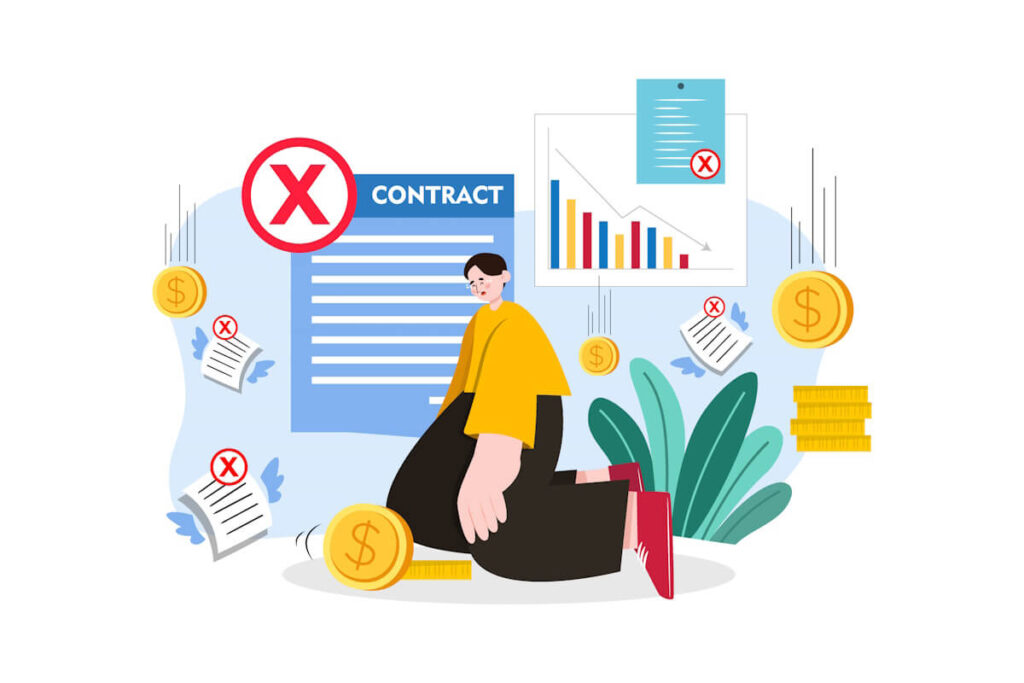Developing a mobile application can be a costly endeavor, and there are many common mistakes that can lead to unexpected expenses along the way. By being aware of these pitfalls and taking proactive steps to avoid them, you can save time and money in the long run. In this article, we will discuss some of the most common cost mistakes in app development and provide tips on how to steer clear of them.
1. Inadequate Planning
One of the biggest mistakes that can lead to cost overruns in app development is inadequate planning. Rushing into the development process without a clear roadmap can result in missed deadlines, scope creep, and ultimately, higher costs. To avoid this, it is essential to invest time upfront in defining the project scope, requirements, and timeline.
- Create a detailed project plan that outlines each step of the development process, including milestones, deliverables, and deadlines.
- By having a solid plan in place, you can better manage resources, mitigate risks, and prevent costly delays.
- Consider involving key stakeholders in the planning process to ensure alignment and buy-in from all parties involved.
2. Ignoring User Feedback
Another common mistake in app development is ignoring user feedback. Failing to solicit input from potential users throughout the development process can result in a product that does not meet their needs or expectations. This can lead to poor user adoption, negative reviews, and ultimately, wasted resources.
- Conduct surveys, focus groups, and usability tests to gather feedback on features, functionality, and usability.
- Incorporate user feedback early and often to ensure that your app aligns with user preferences and avoids costly rework down the line.
- Prioritize user experience to increase engagement and retention rates, ultimately leading to a more successful app launch.
3. Overlooking Quality Assurance
Quality assurance is an essential aspect of app development that should not be overlooked. Failing to conduct thorough testing and debugging can result in a product that is riddled with bugs, crashes, and performance issues.
- Invest time and resources in quality assurance throughout the development process.
- Implement automated testing tools, conduct manual testing, and engage beta testers to identify and address issues early on.
- By prioritizing quality assurance, you can deliver a stable, reliable app that meets user expectations and minimizes long-term costs.
4. Scalability and Performance
Another cost mistake in app development is overlooking scalability and performance considerations. Failing to design your app with scalability in mind can result in poor performance, slow load times, and limited functionality as user traffic grows.
- Design your app with scalability and performance in mind from the outset.
- Consider factors such as server architecture, data storage, caching mechanisms, and load balancing to ensure that your app can handle increased traffic and performance demands.
- By building a scalable and high-performance app, you can avoid costly rearchitecting and infrastructure upgrades in the future.
5. Vendor Lock-In
Vendor lock-in is another common cost mistake that can impact app development projects. Relying too heavily on a single vendor for tools, services, or infrastructure can limit your flexibility, increase costs, and hinder innovation.
- Diversify your technology stack, use open standards and APIs, and consider building custom solutions that can be easily integrated with other platforms.
- By avoiding vendor lock-in, you can maintain control over your app development process, reduce costs, and stay agile in a competitive market.
- Regularly assess your vendor relationships and be prepared to make changes if necessary to ensure long-term sustainability and cost-effectiveness.
In conclusion, app development can be a complex and costly process, but by avoiding common cost mistakes and following best practices, you can minimize expenses and maximize the return on your investment. By investing time and resources in planning, user feedback, quality assurance, scalability, and vendor relationships, you can build a successful app that meets user needs, drives engagement, and achieves your business goals. By learning from the mistakes of others and taking proactive steps to avoid them, you can navigate the challenges of app development with confidence and efficiency.
Turn your app idea into a reality without breaking the bank. We offer cost-effective app development solutions tailored to your specific needs. Contact us to discuss your project!
FAQs:
1. What is one common cost mistake in app development that can lead to overruns?
One common cost mistake in app development that can lead to overruns is inadequate planning. Rushing into development without a clear roadmap can result in missed deadlines, scope creep, and higher costs.
2. How can you avoid the mistake of inadequate planning in app development?
To avoid inadequate planning in app development, it is essential to invest time upfront in defining the project scope, requirements, and timeline. Create a detailed project plan outlining each step of the development process, including milestones, deliverables, and deadlines.
3. What is another common mistake in app development that can lead to wasted resources?
Ignoring user feedback is another common mistake in app development that can lead to wasted resources. Failing to involve users in the design and testing phases can result in a product that does not meet their needs or expectations.
4. How can you avoid the mistake of ignoring user feedback in app development?
To avoid ignoring user feedback in app development, make sure to involve users in the design and testing phases. Conduct surveys, focus groups, and usability tests to gather feedback on features, functionality, and usability. Incorporating user feedback early and often can help align the app with user preferences and prevent costly rework.
